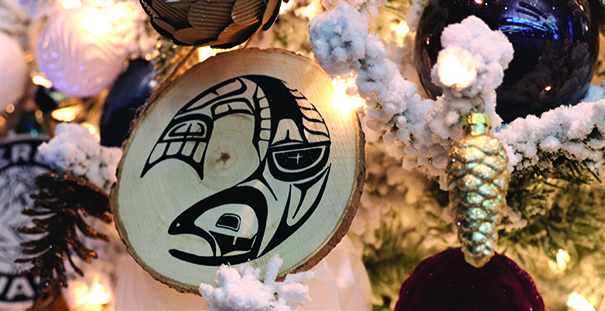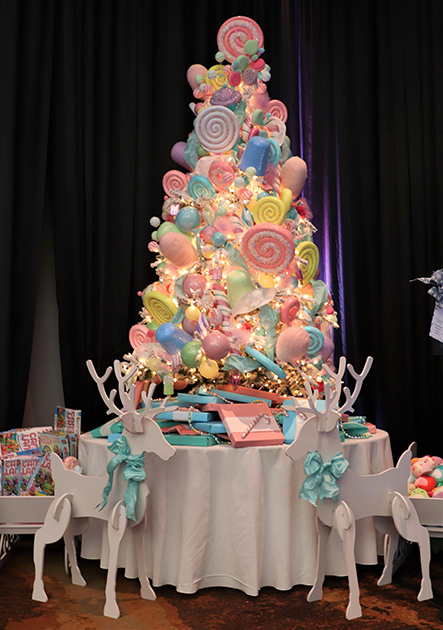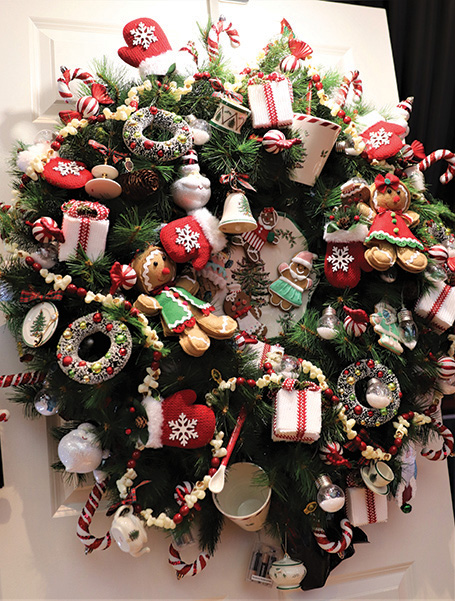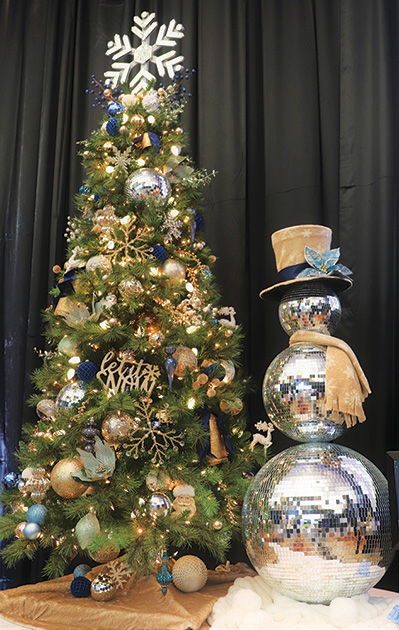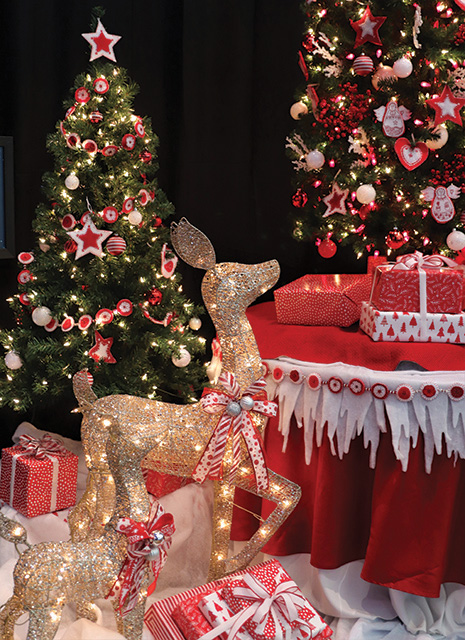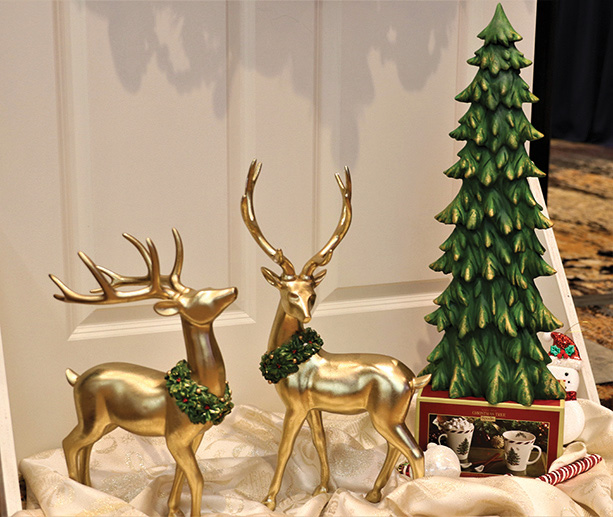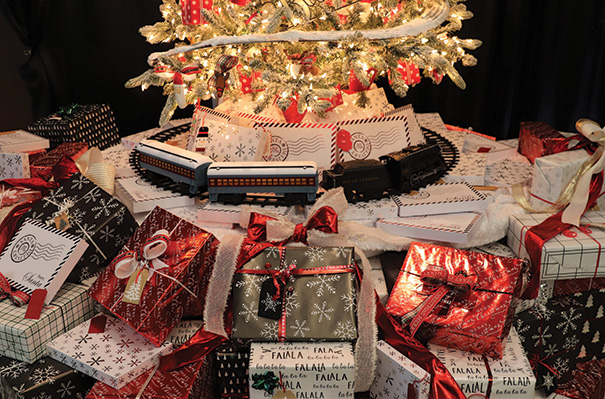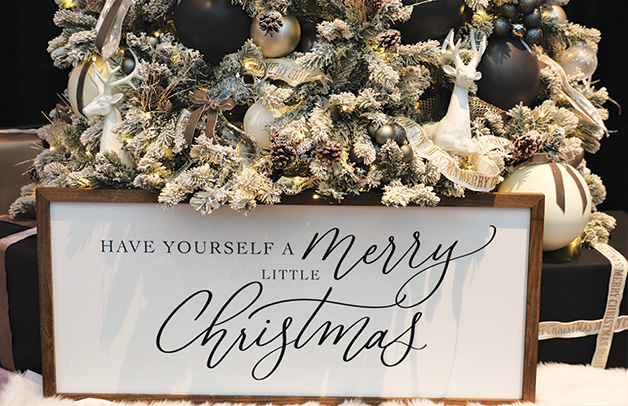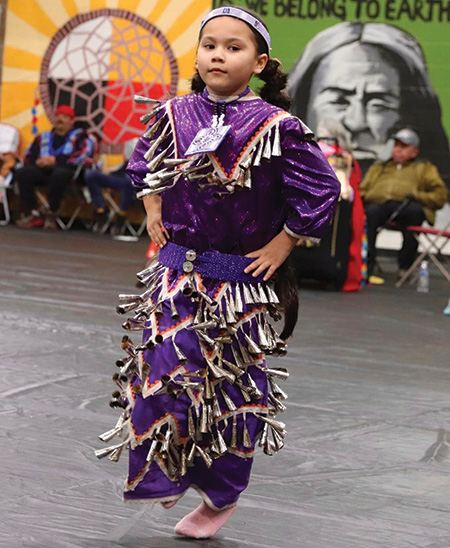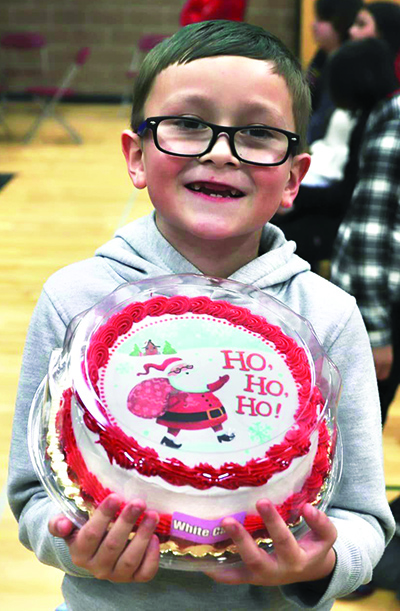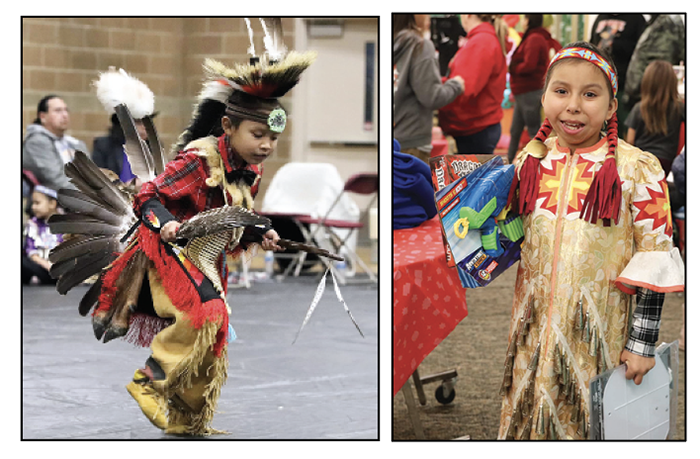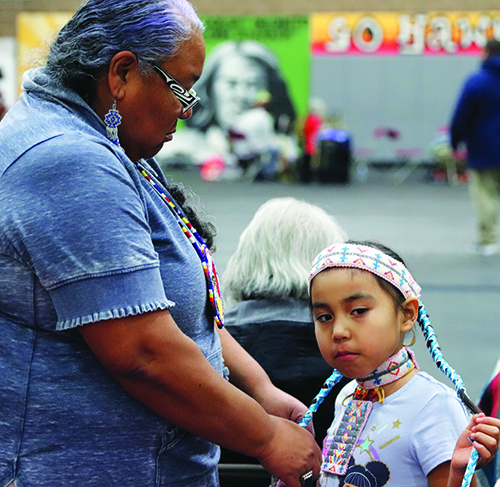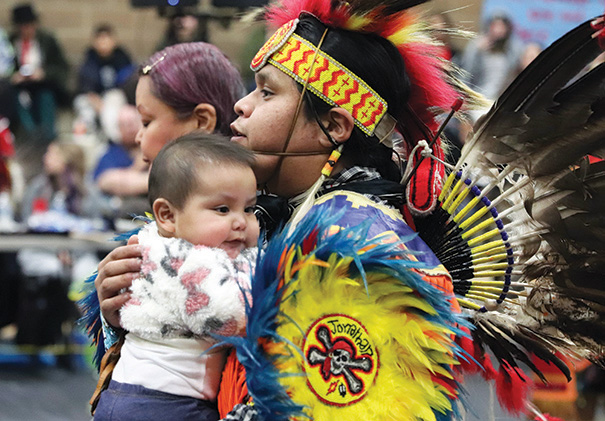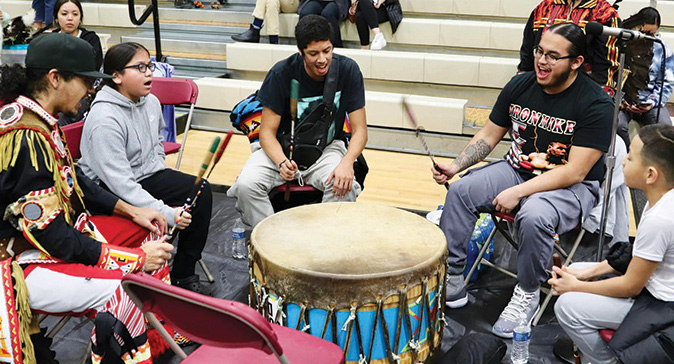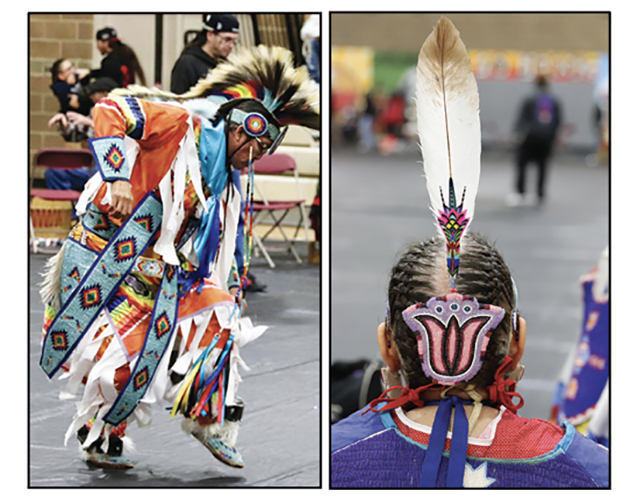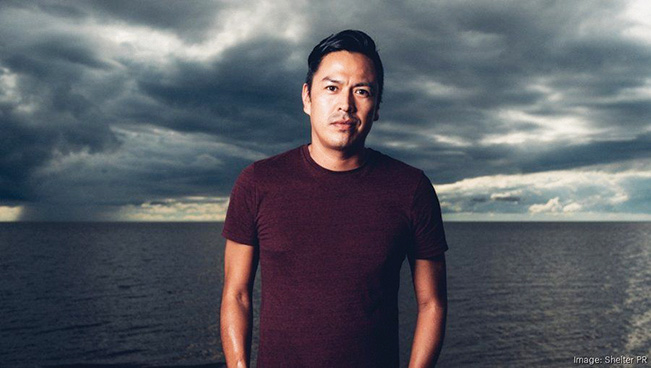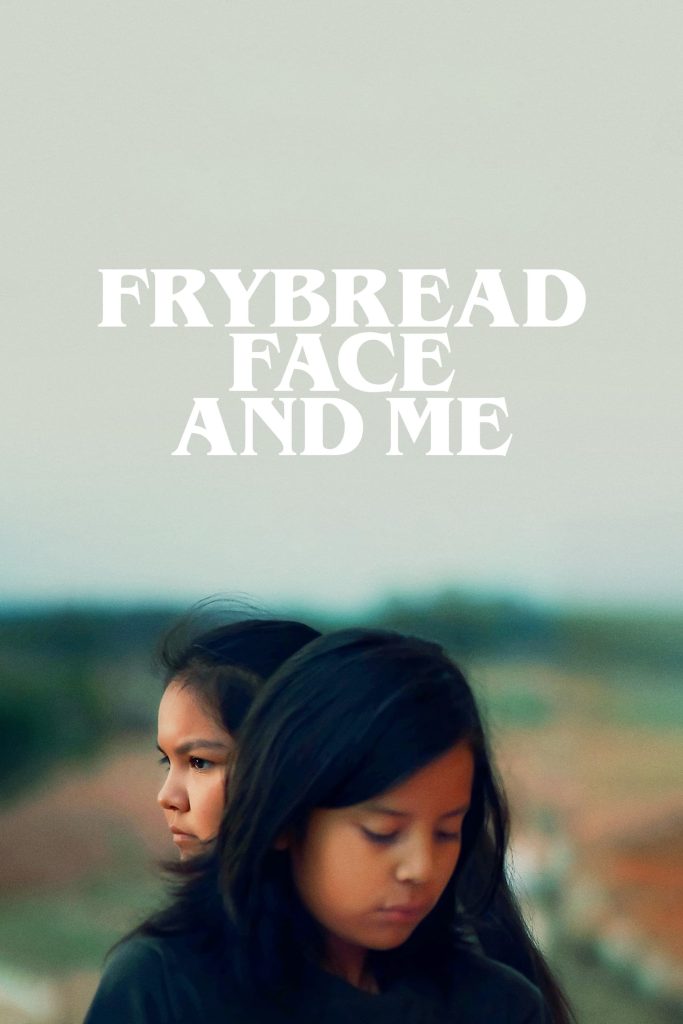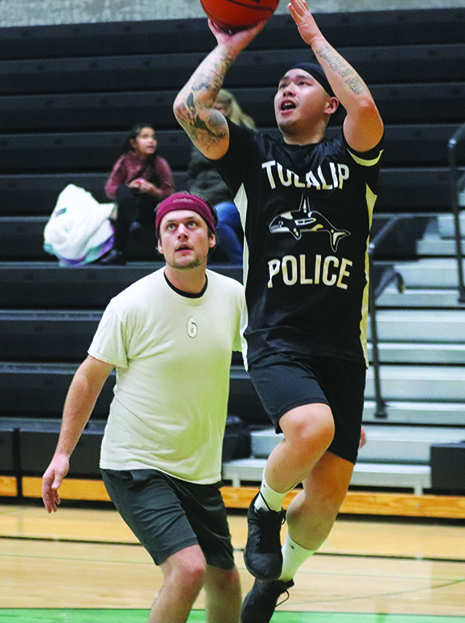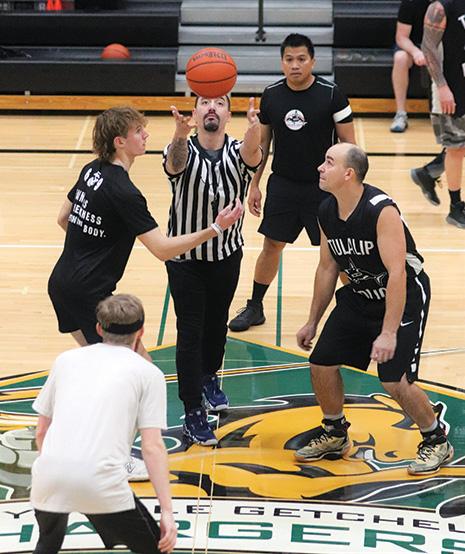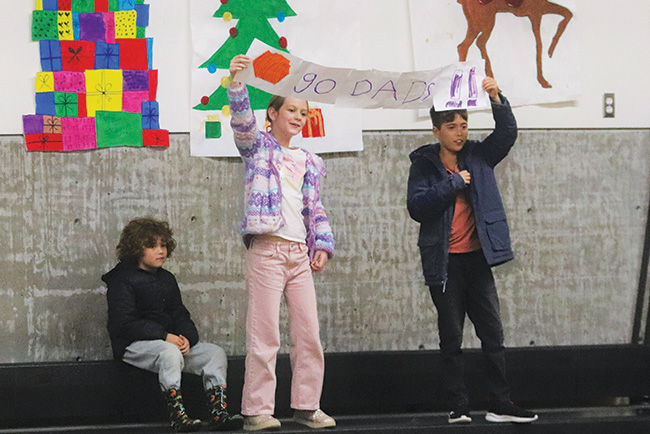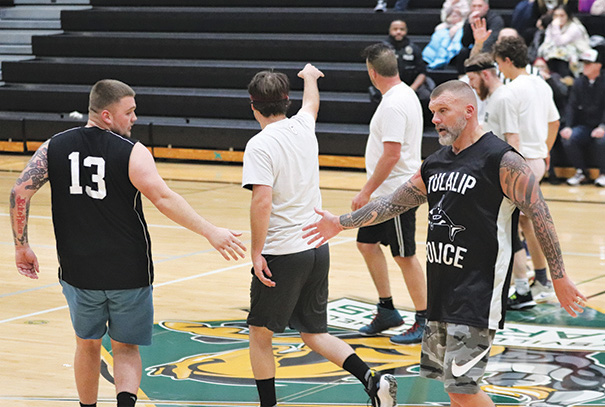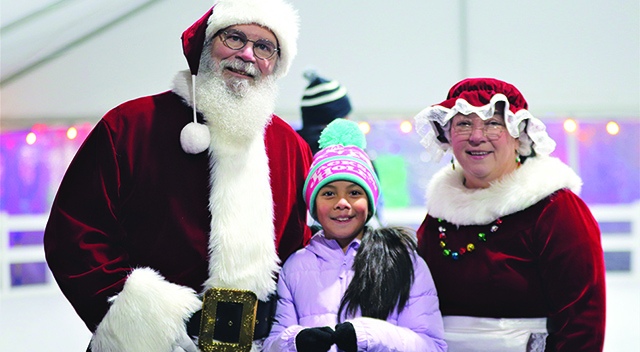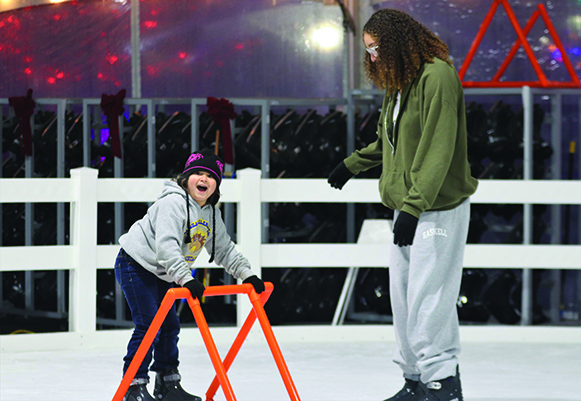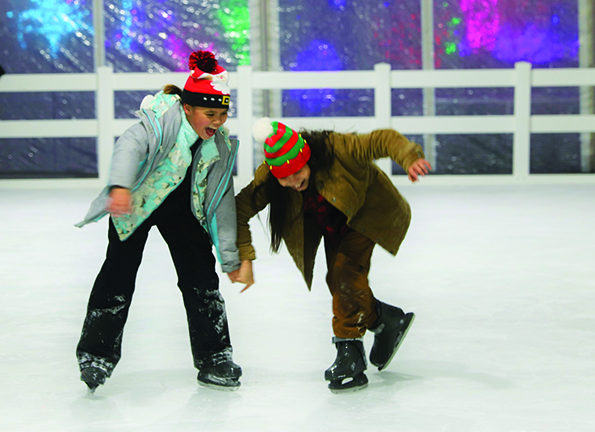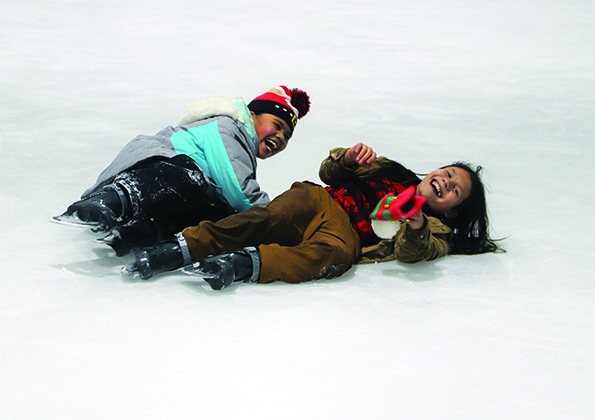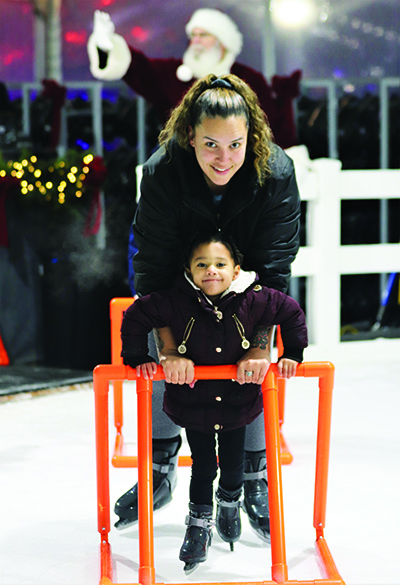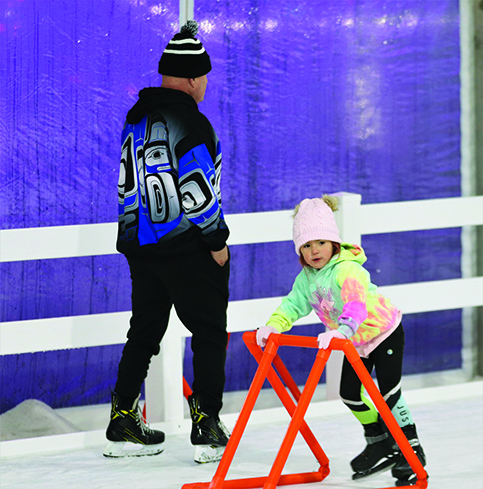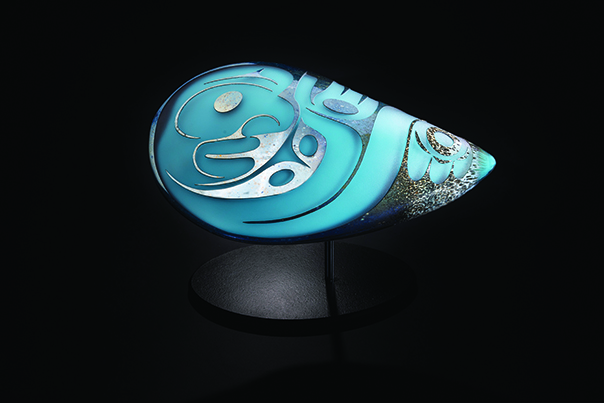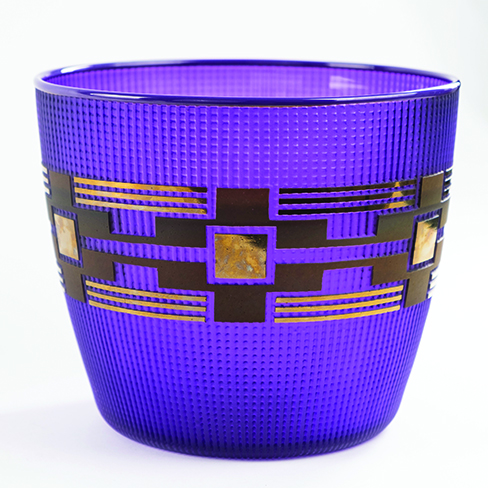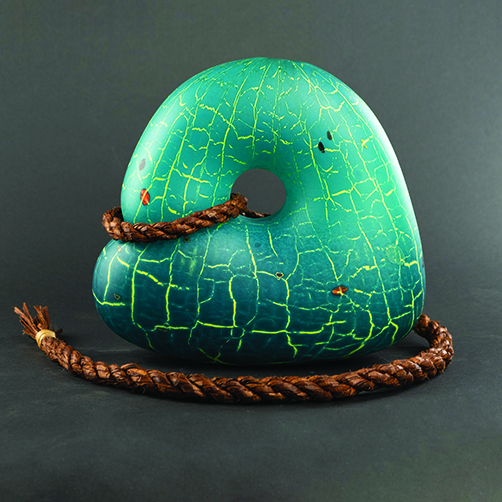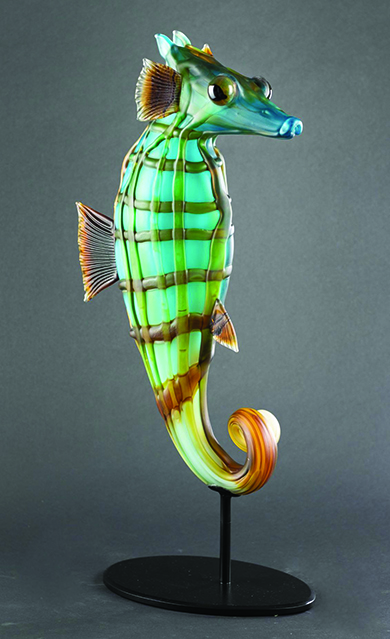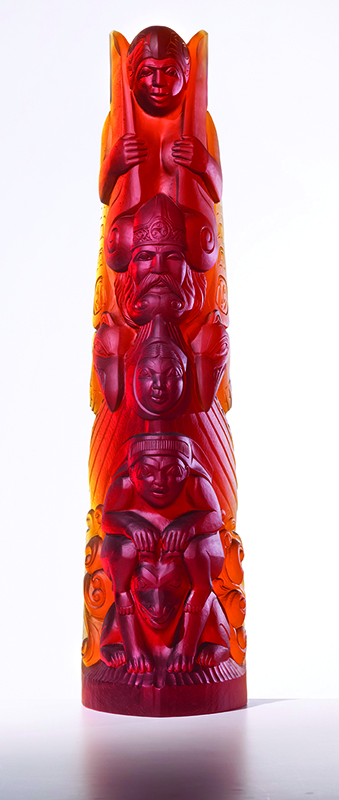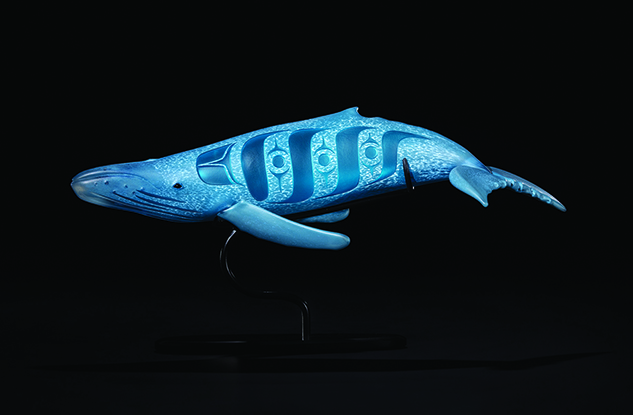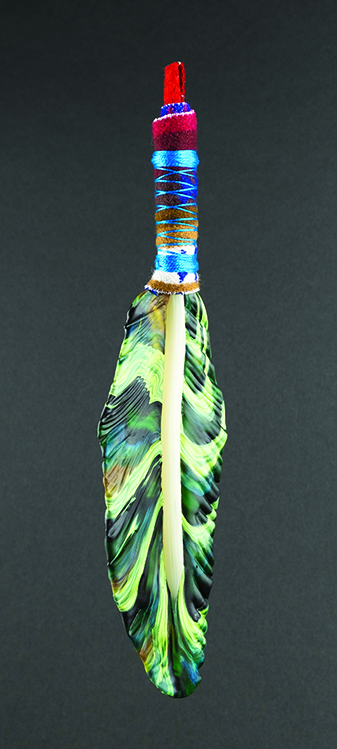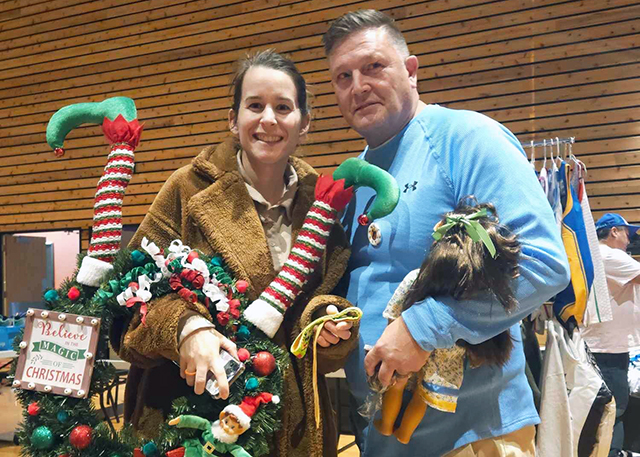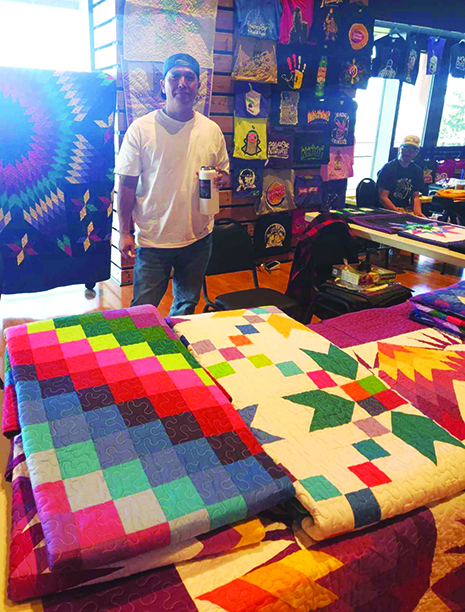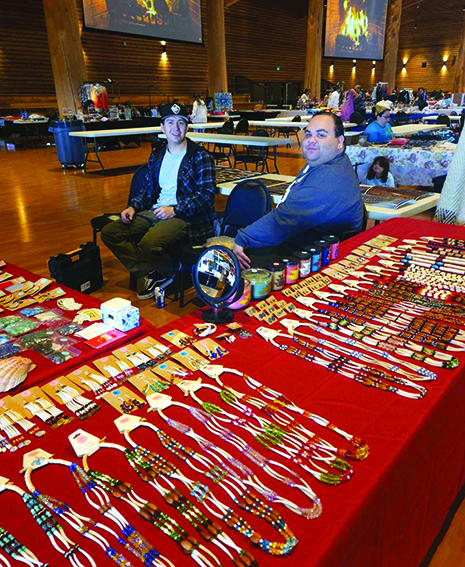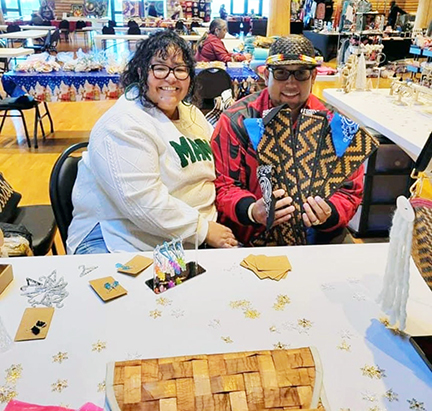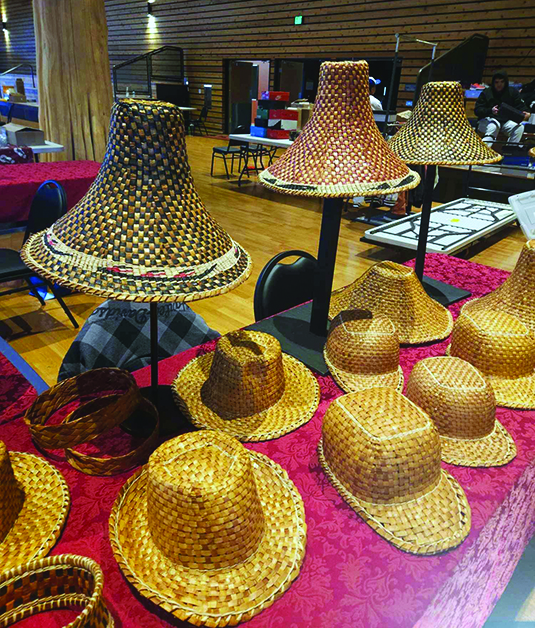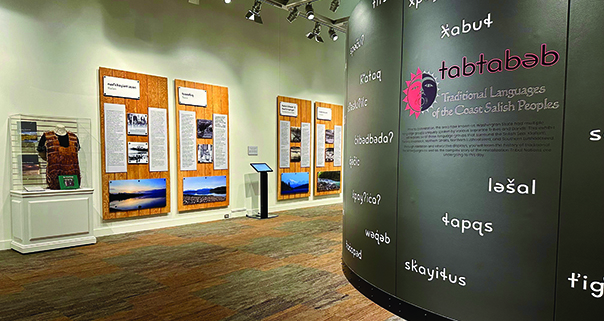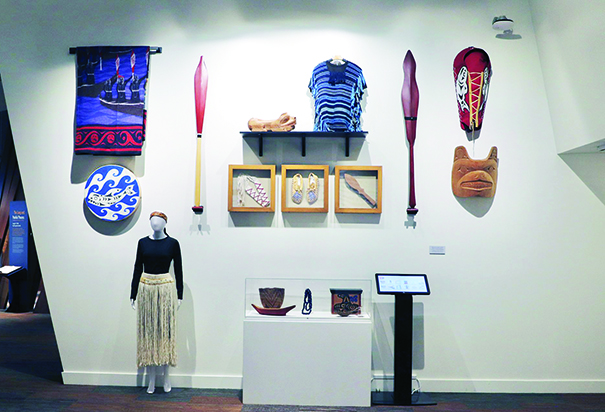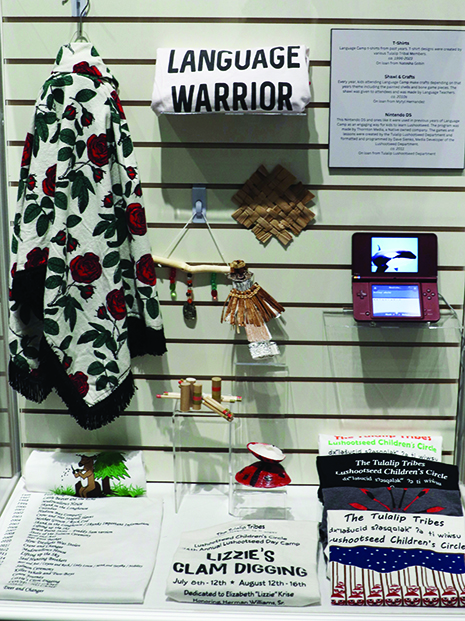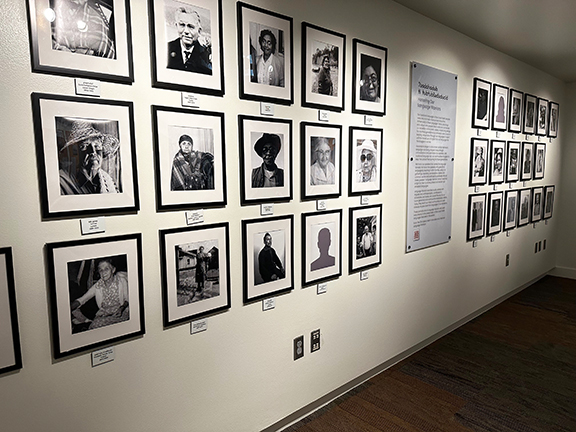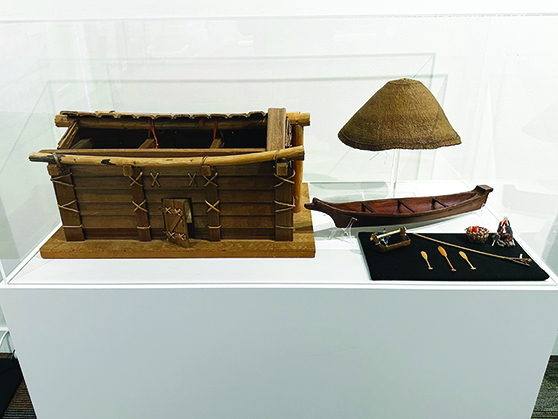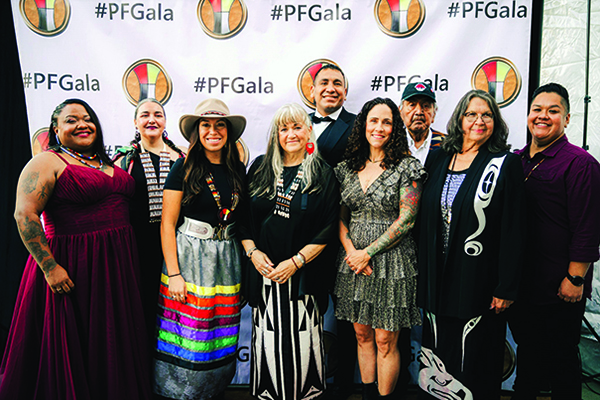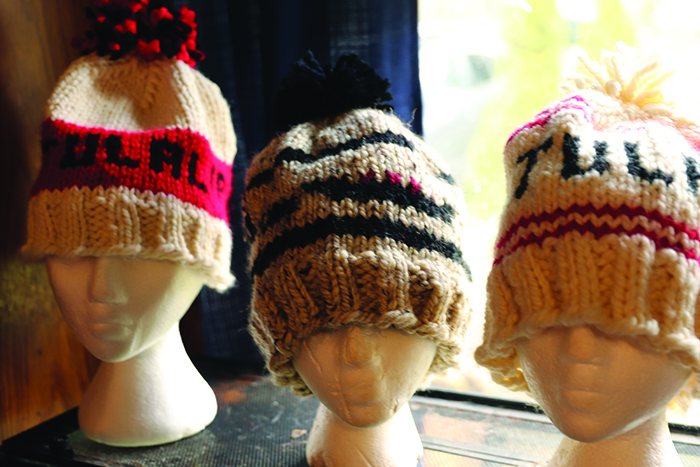
By Wade Sheldon, Tulalip News
In the gentle rhythm of needles and the soft embrace of yarn, Tulalip tribal member Anita “Keeta” Sheldon’s craft unfolds like a rich tapestry of tradition and enduring artistry. Born and raised in Tulalip, Anita, turning 84 this year, has been wielding knitting needles and crochet hooks for nearly six decades, crafting not just hats and sweaters but a legacy of warmth that spans generations. From the tender beginnings of making tiny garments for her babies, Anita’s hands have spun tales of love and comfort through her creations’ intricate loops and stitches. In her words, knitting and crocheting are not merely crafts; they are therapeutic, good for the soul, and a timeless art passed down through familial threads.
Recently, on January 27, Tulalip News sat down with Keeta and talked about knitting/crocheting and what that means to her.
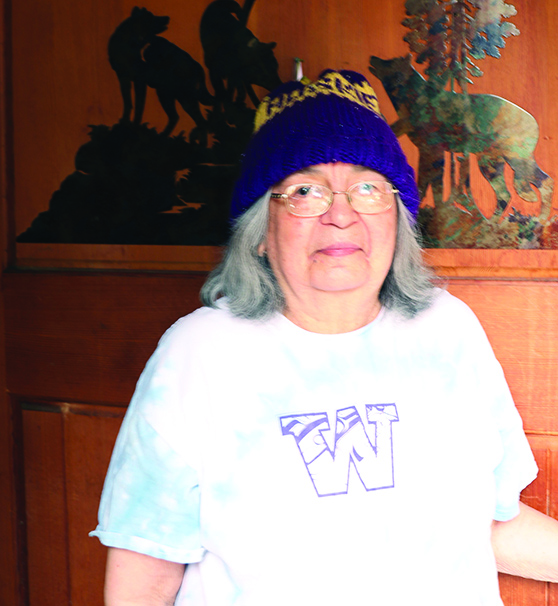
When did you first start learning to knit and crochet?
I started knitting and crocheting about 58 years ago. I started making hats and sweaters for my babies. Then, I began making Afghans by crocheting. When I’m not knitting, I am crocheting them.
Who was a significant influence in learning how to knit/crochet?
I would watch the renowned Sarah Sheldon knit. When one of my relatives was in the hospital with a broken back for six months, Grandma Sarah was there with a knitting needle and yarn and showed me how to knit. I watched her knit; she didn’t even have to look at her work while talking to you. She could knit nine pairs of socks a day and would sell them in Seattle. She would also raise her own sheep to create her own wool. She had her own spinning wheel and would make her own yarn. She was good.
What is the difference between knitting and crocheting?
The difference between crocheting and knitting is one has a straight needle, and the other has a hook at the end. You go one knot at a time when crocheting and use the whole needle when knitting. It’s faster to crochet, and the stitches are slightly looser. I like knitting, and it is more relaxing than crocheting.
Recently, you had a bad fall. How has it been getting back into knitting/crocheting?
It keeps my hands busy, it’s good therapy, and it’s also good for your mental health. Recently I fell and broke my wrist and couldn’t do anything for a few months. Now, I am doing therapy to help heal my hand. My doctor agreed to keep knitting; when I get tired, I put it down and rest, and I can do more each day.
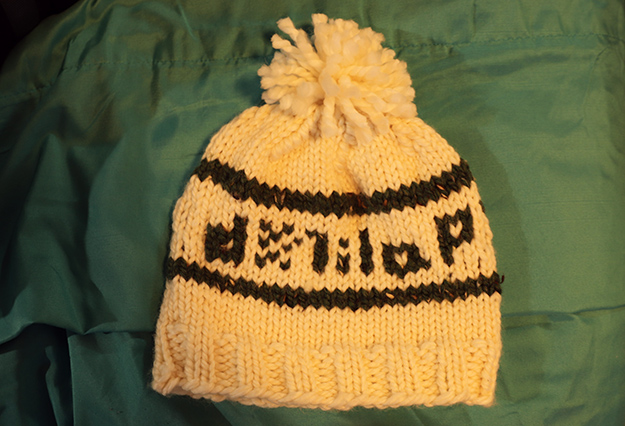
How long have you been selling your hats?
I just recently started selling my hats when I learned about the bazaar that happens around the year’s end. Before that, I made them as gifts for Christmas, birthdays, and when it gets cold out. They are well made, comfortable, and will last. My husky hat is over 40 years old and still keeps me warm.
What are some fond memories you have from making hats?
I made the husky hat because I am a Washington husky fan, and I made my husband a cougar one because he likes Washington State. But his was stolen from the boat dock the first time he wore it out. Then I made another, and it was stolen, so I never made him another one and instead made a blanket that he used to keep on his work chair. And when he passed, it was sent with him onto the other side.
Where did you get the canoe design from on your recent hats?
The design I used on some of my most recent hats was from the canoe that used to be at the old entrance to the reservation. I liked that design and feel like it represents our people. It can take two days to make a hat like that if you have the right tools and some suitable yarn.
If you are interested in purchasing or learning more about Anita’s hats or other products she creates, you can give her a call at (360) 653-8163.
